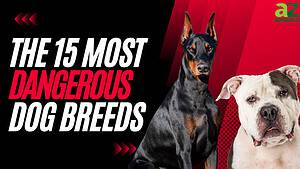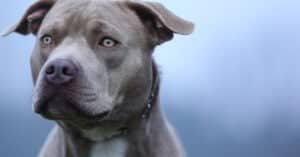Yorkies may seem like adorable toy dogs, but they weren’t originally bred to be companions. Instead, Yorkies were first bred as ratting dogs in England during the Industrial Revolution. At the time, rats and mice were a serious problem in factories. Therefore, owners of factories began looking for a dog to chase out the rats.
These small, energetic dogs fit the bill. In the beginning, the ratting dogs differed a lot from each other. However, they were eventually bred together into the breed we know today.
Eventually, these ratting dogs were used for other jobs, too. Their skill at catching rats proved to be useful for a range of different careers.
What Were Yorkies Bred For?
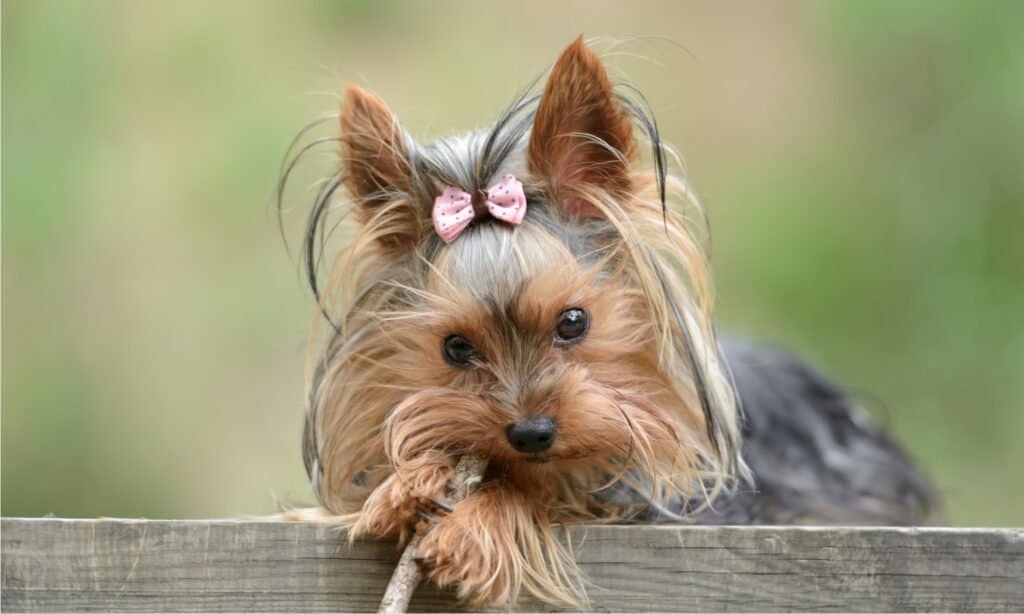
While they are popular lap dogs now, Yorkies originally served as rat-hunting dogs in England during the Industrial Revolution.
©tsik/Shutterstock.com
On top of being ratting dogs, Yorkies also played several other roles.
Hunting
Yorkies are extremely tiny, so you may be wondering how they were used to hunt anything. However, they were small enough to fit into the dens of burrowing animals, like badgers and foxes. They’re also extremely courageous and have the guts to go into a hole after an animal much bigger than they are.
Therefore, they were often utilized alongside other hunting dogs to bring down small game. Often, hunters would have larger dogs that tracked and chased the game. However, if the fox or badger went into a hole, they would send in Yorkies after them.
Yorkies often didn’t kill the animal. Instead, they would flush the animal out through a side entrance, where the hunter often awaited. Therefore, while they didn’t actually do much of the heavy lifting, they were still essential when hunting game that often disappeared into holes.
Farm Work
You may be wondering how such a small dog was able to do anything on a farm. However, because of their ability to chase rats and mice, they were often kept on farms for “guarding” purposes.
Simply put, the dog would be placed in a field. The presence of the dog often kept rats away, preventing the destruction of crops.
As an added benefit, Yorkies also make great alert dogs. They’re often very alert and loud, allowing them to alert the farmer if anything suspicious was going on. Often, the farmer would keep a larger dog, too, and the Yorkie’s bark would draw the bigger dog to the area.
Rat Baiting
Sadly, Yorkies were also utilized for rat baiting, which is a blood sport. Simply put, the Yorkies would be enclosed in a pit with a bunch of rats, and spectators would bet on how long it took them to kill all the rats in the pit. Sometimes, two dogs competed to see who could kill the most, with spectators betting on a particular dog.
As you’d imagine, this wasn’t a pretty sight. However, in the 1800s, blood sports were common throughout England, where the Yorkie originates. In fact, many terriers were involved in blood sports.
The UK Parliament passed the Cruelty to Animals Act in 1835, which banned the baiting of many animals. However, rats and similar animals were not protected (because they were considered “vermin”). Eventually, rat baiting became banned too. But, for a time, it was extremely popular.
The History of the Yorkie
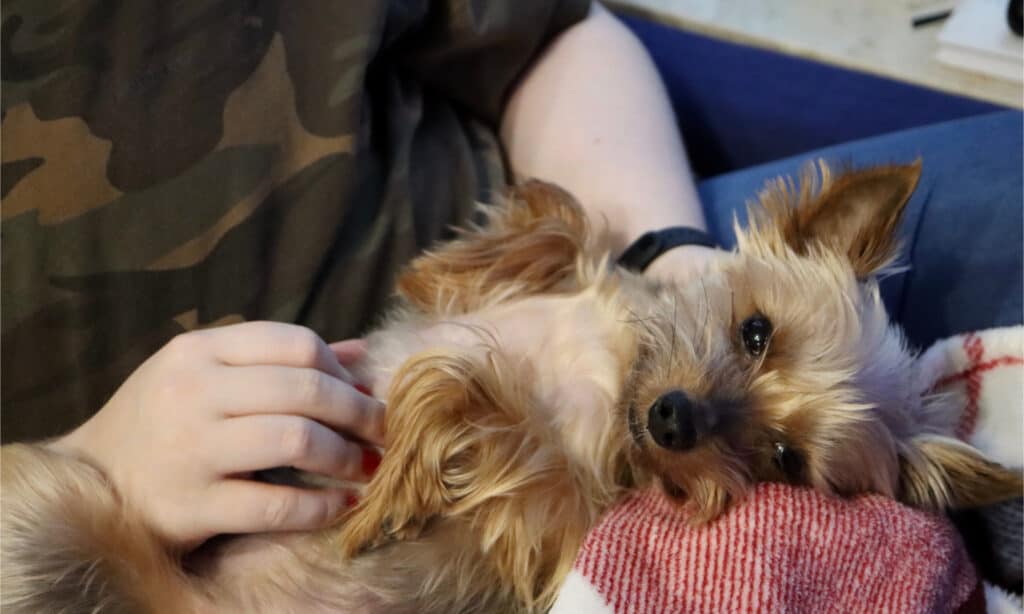
Much time passed before Yorkies became the dog we know them as today.
©Ilona Lablaika/Shutterstock.com
The Yorkie took a very long time to develop into the animal we know today. They weren’t always cute little dogs that sat in people’s laps.
Ancestry
The Yorkie’s ancestry isn’t well known. However, we do know that this dog developed from terriers in the British Isles.
In the mid-19th century, the industrial revolution was really taking off. Mills became one of the main employers in Yorkshire, England, and there was a flood of new workers from Scotland and rural areas.
Often, these rural workers brought their smaller dogs with them. Many of these were small terriers that had been ratting in the countryside for years. Some of these terriers include the Paisley Terrier, Skye Terrier, and Waterside Terrier.
We don’t know exactly how these terriers mixed together and became the Yorkie – and we don’t know who combined them. However, from the factories, the Yorkie eventually emerged.
Debut
It wasn’t until 1861 that the “Yorkie” was introduced to the world as its own dog breed. However, there were several names that were considered before Yorkshire Terrier. Some of these were “Broken-haired Scotch Terrier,” “Rough Coated Toy Terrier,” and “Broken Haired Toy Terrier.”
Furthermore, at the time, there was no defined breed standard. Therefore, what a Yorkie exactly was could be debated. Any dog that looked or acted like a Yorkie was considered one, as there was no stud book.
Many early Yorkies weren’t genetically connected and may have developed independently from each other.
However, in the late 1860s, the standard of the Yorkie was created and “set in stone” a bit more. This occurred thanks to a Yorkie show dog that became quite popular then. This dog won many awards, including some rat-baiting competitions.
Eventually, this dog became the standard for a Yorkie. The new breed standard was based on him, and he became the ideal everyone was trying to match. From his puppies, we got the breed that we have today.
To America
Up until this point, the Yorkie mostly existed in England. However, when the Yorkie was imported to the United States, its popularity exploded quickly.
The first Yorkie was registered with the American Kennel Club in 1885, though it was officially introduced to America in 1872. The breed had a bit of a bumpy ride at the beginning. Right after the 1880s, it was popular for a time. However, its popularity plummeted during the Great Depression.
However, a Yorkie called Smoky became a famous war dog during World War II, which sparked a new interest in the Yorkshire Terrier. From there, the Yorkie regained popularity and became one of the most popular dogs in America.
Yorkie Temperament
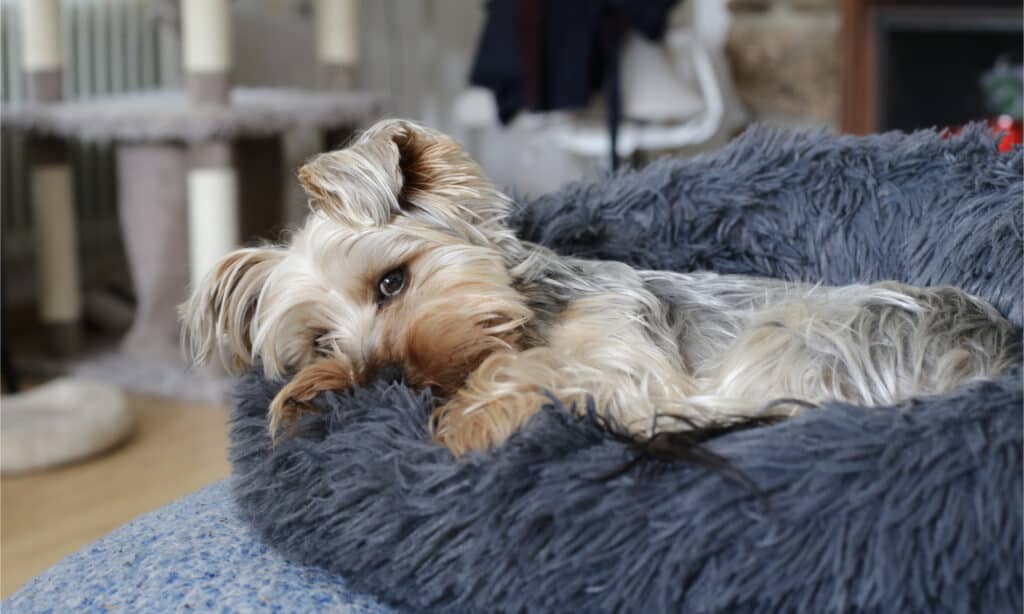
With their origin as ratting dogs, Yorkies love to chase pretty much anything.
©AJR_photo/Shutterstock.com
Yorkies today are very similar to the Yorkies of the past, though today’s dog is much smaller. Temperament-wise, the dog hasn’t changed much over the years.
The Yorkie is a unique combination of a toy dog and a terrier. Therefore, they aren’t solely lap dogs like other toy dogs. Their smaller size often confuses people, who often believe Yorkies act like other tiny dogs.
While Yorkies can be cuddly, this breed started as a ratting dog. Therefore, they’re often very energetic and enjoy chasing everything. They aren’t necessarily great for families with cats and small pets for this reason. They also have a shrill, loud bark that they use very often.
Behavioral problems develop easily with Yorkies, though this is largely due to how they’re raised. Their energetic personality and owners’ tendency to coddle them can make them insecure and overreactive.
Therefore, it’s vital that they’re allowed to walk around without being carried. Otherwise, owners are telling the dog that the world is too dangerous, which can lead to a scared and reactive canine.
Yorkies can not be allowed off-leash. They will chase anything off into the woods, run for miles, and then be unable to find their way back home. Their smaller size also makes them prone to injuries. They can easily become food for predators and even other dogs.
Yorkie Pros and Cons
| Pros | Cons |
|---|---|
| Elegant and easy to carry | Fragile, requiring constant supervision |
| Sheds little | Hard to housebreak |
| Full of personality | Barks often |
| Doesn’t need much exercise | Requires regular brushing |
| Watchful and alert | Prone to behavioral problems |
| Able to get along with other dogs |
Different Kinds of Yorkies
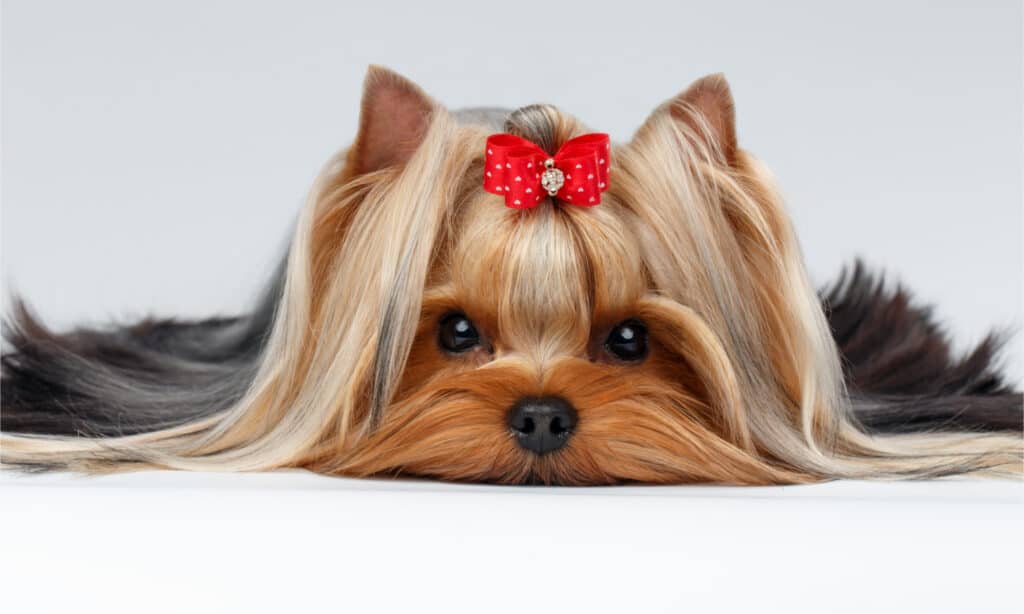
The Yorkshire Club of America recommends staying away from breeders who refer to their Yorkies as being of the teacup or toy varieties, since those aren’t true breeds.
©Seregraff/Shutterstock.com
If you start looking for a Yorkie puppy, you’ll quickly run across breeders selling “Teacup Yorkies” and “Toy Yorkies.” However, these phrases aren’t real and don’t represent actual breed variety.
In other words, they’re marketing terms that help breeders sell puppies. In fact, the Yorkshire Club of America recommends staying away from any breeder who uses these terms and speaks out against them in their code of ethics.
Most breeders will sometimes have unusually small dogs. That’s just what happens when you’re breeding a dog like a Yorkie. However, any dog under four pounds is more prone to health problems. Many breeders won’t breed females under five pounds due to their health difficulties.
The Yorkie standard says that their weight cannot exceed 7 pounds. However, the breed’s kennel club sets the minimum at four pounds.
There is only one Yorkie breed. Any special designators are created by the breeder and not recognized by the breed’s kennel club. Yorkies can absolutely look different from each other, depending on their cut and size. However, all Yorkies are genetically similar and belong to the same breed.
Yorkie Exercise Needs
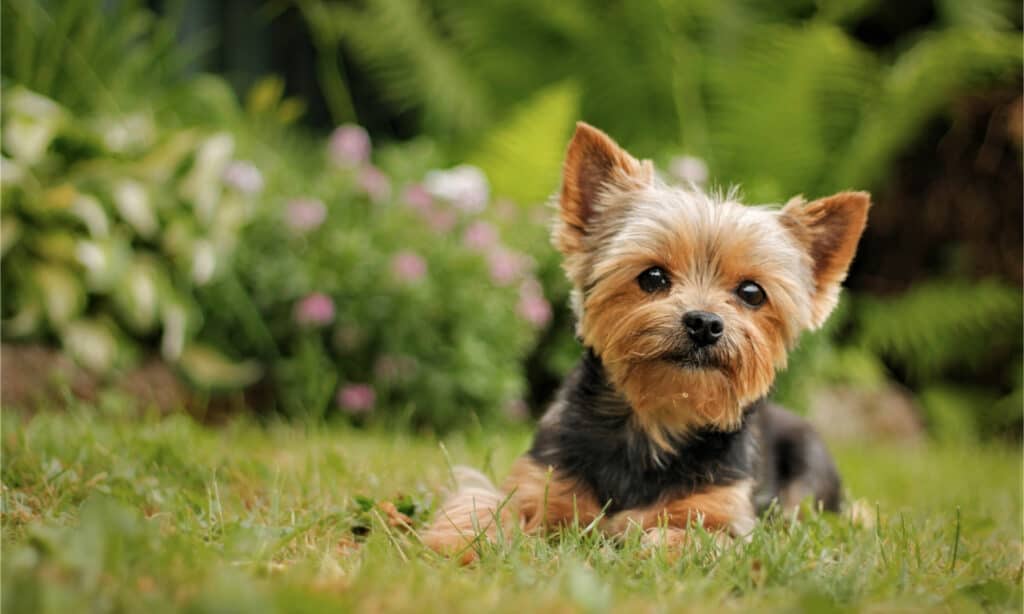
Despite how energetic they are, Yorkies don’t need quite as much exercise as other dogs, given their small size.
©Shllabadibum Bubidibam/Shutterstock.com
Yorkies are energetic dogs, but they are also very small. Therefore, they don’t need quite as much exercise as other dogs. Technically, a Yorkie can get all its necessary exercise inside. However, we don’t recommend this.
Dogs should be taught to stay calm indoors. If they’re taught to jump around and bark inside, behavioral problems are more likely to develop. Dogs aren’t always sure when to turn their excitable mindset “off,” so it’s best to exercise outside where they can go crazy.
Yorkies are also very smart, so they require mental exercise, too. Don’t underestimate this requirement, as a bored dog can quickly become destructive. Provide your Yorkie with interactive dog toys, obstacle courses, training, and games to keep their mind alive.
Training a Yorkie
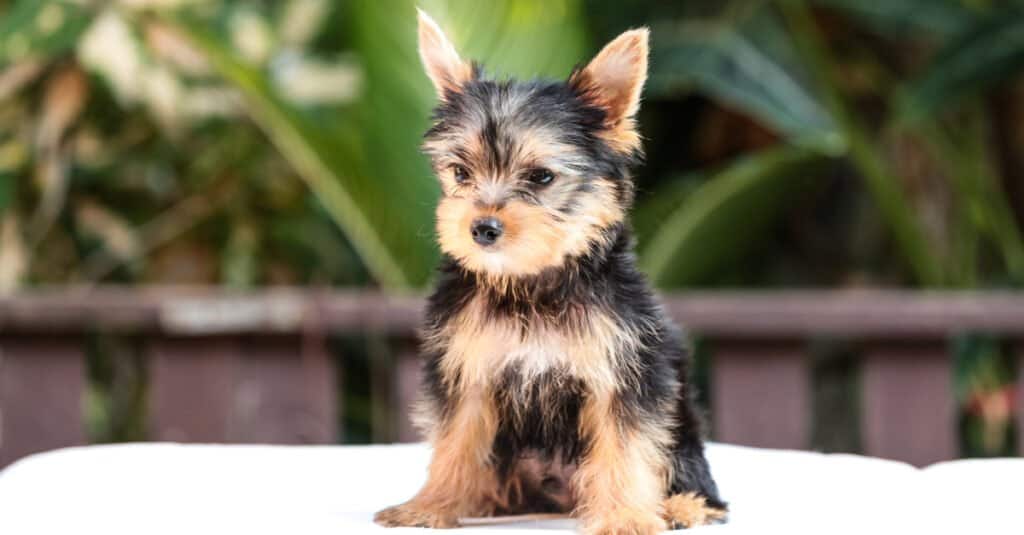
Yorkies are generally easy to train, but with such small bladders, they have to be taken outside as frequently as once every 30 minutes.
©DOPTOON/Shutterstock.com
Yorkies are very intelligent and curious dogs. Therefore, they’re often easy to train. They take quickly to commands of all sorts and enjoy doggie sports, too.
However, they’re notoriously difficult to leash train. They may refuse to walk or dart around without paying attention to the leash at all. Sometimes, they may be “leash reactive” and become more snappy when put on a leash. We recommend lots of practice. Many Yorkies don’t get much, as they’re often carried everywhere instead.
Yorkies are also extremely hard to housebreak because they are so tiny. Their bladders are extremely small, so they must use the bathroom often. A Yorkie puppy may need to go out every thirty minutes — which is hard for any owner to accomplish.
For this reason, you’ll need either a doggie door (and to train your dog to use it) or an indoor potty area. Yorkies can use a litterbox just like a cat, and there are many indoor potties designed for dogs.
Because Yorkies are very alert, they tend to bark a lot. This wasn’t necessarily a bad thing when the breed was being developed. However, in our homes, it can become very overwhelming. Therefore, you must be quick to teach these dogs not to bark indoors. You don’t need them barking at every sight and sound.
Yorkies and Children
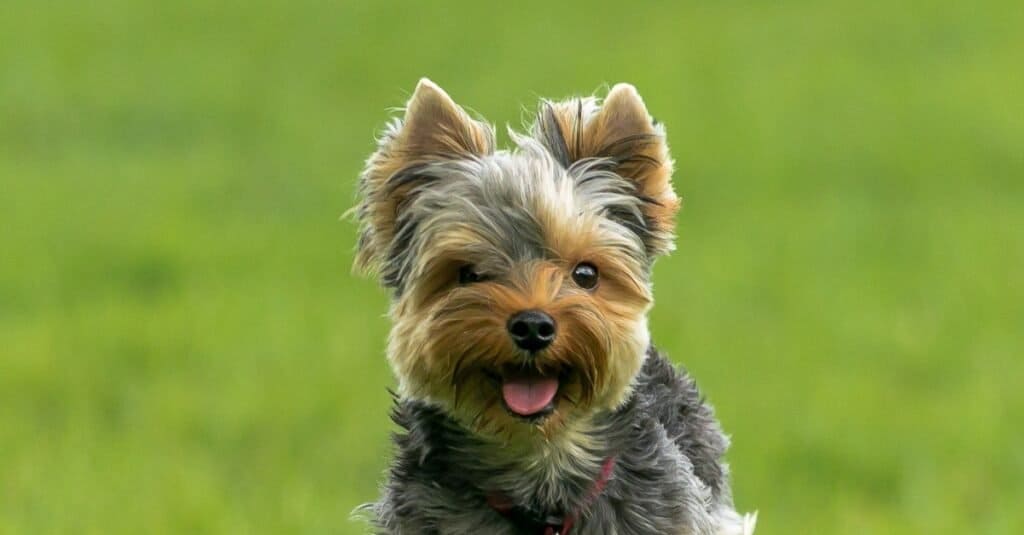
Like other small dogs, Yorkies aren’t the best around children under 10.
©iStock.com/TFRangel
Many assume that Yorkies are suitable for children because they are small. However, small dogs almost never work well with small children.
Smaller dogs are much more likely to be injured by children under the age of ten, especially a dog as small as a Yorkie. It often isn’t safe to have Yorkies in homes with younger kids. Even if the child is well-meaning and gentle, small children are clumsy. They may stop on or drop a Yorkie, resulting in serious injury.
Furthermore, Yorkies tend to be a bit more skittish around loud noises and roughhousing. They’re often more fearful of kids (because the child is so much bigger than them). Therefore, they’re more likely to bite.
For this reason, we don’t recommend Yorkies to anyone with kids under 10.
Yorkie Health
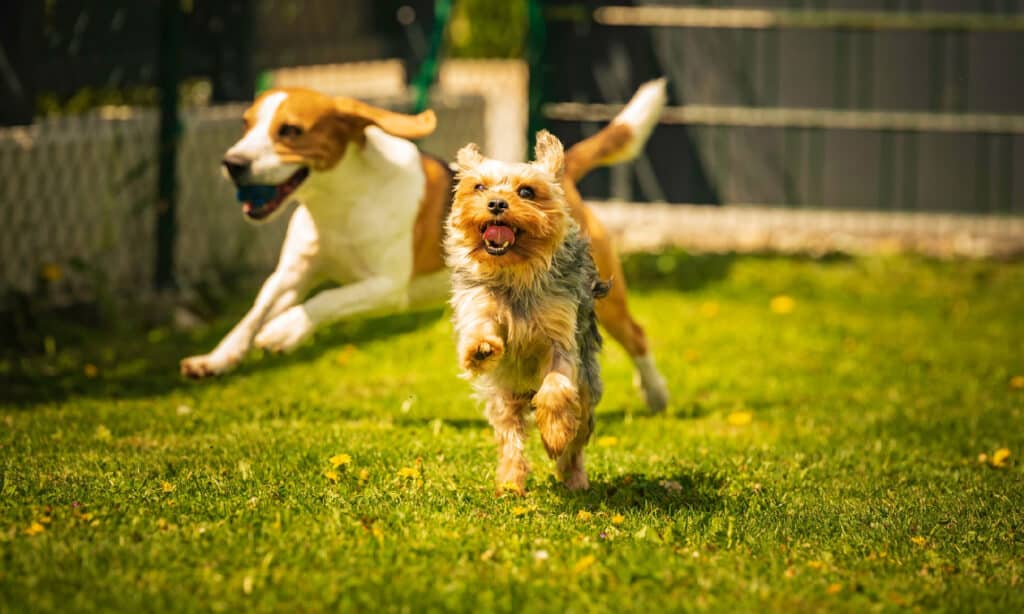
While they can more easily become injured due to their small size, Yorkies are typically very healthy dogs.
©iStock.com/Przemysław Iciak
Yorkies are generally healthy, with a longer lifespan of 12 to 15 years. However, they are prone to injury, as they are extremely small. They can easily become injured from getting stepped on or from jumping off of things that are too high. They are also more prone to toxicity; their lower body weight makes them more sensitive to all toxins.
Yorkies are also very prone to liver shunt. In fact, they make up as many as one-third of all liver shunt patients.
This disease can be picked up via a drug test – often much sooner than signs of the disease. Therefore, many breeders offer to test before they sell their puppies. Liver shunt is treatable, but it requires a tricky surgery. Dogs don’t always survive.
These canines may also need surgeries for dental diseases, defective windpipes, and loose knee joints. All of these conditions are common in Yorkies, and these diseases often require expensive surgery.
Yorkie Puppies — Adopting and Training
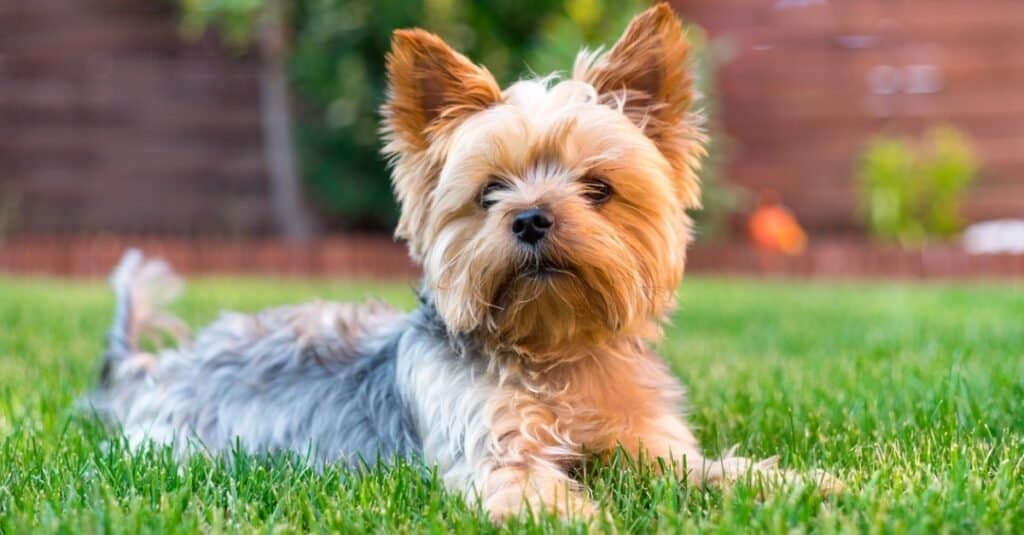
If you’re looking to adopt a Yorkie puppy from a breeder, make sure you follow some steps to ensure the breeder is responsible.
©iStock.com/Attila Fodemesi
Yorkies are one of the more popular dogs in the United States. They’re pretty easy to find. However, because they’re so popular, they’re also a common choice for backyard breeders and puppy mills.
Purchasing a Yorkie puppy is a bit like navigating a minefield. You want to choose a breeder that produces stable puppies. You don’t want a hyperactive or aggressive Yorkie, and you don’t want one with health problems.
Show breeders tend to focus on the detailed appearance of the dog. However, many show breeders also produce dogs with good temperaments.
Luckily, there is a quick way to tell mass puppy producers apart from responsible breeders. We highly recommend asking for a health certificate from both parents from the Canine Eye Registry Foundation, which helps reduce the chance of eye diseases. Furthermore, ask for an Orthopedic Foundation of America certificate, as well.
Responsible breeders will only breed dogs that have been cleared by both of these organizations. It may be a bad sign if the breeder doesn’t have these certificates.
Dog Breeds Similar to the Yorkie
There are many dog breeds that are extremely similar to Yorkies. You may want to consider these dog breeds instead of a Yorkie.
Silky Terrier
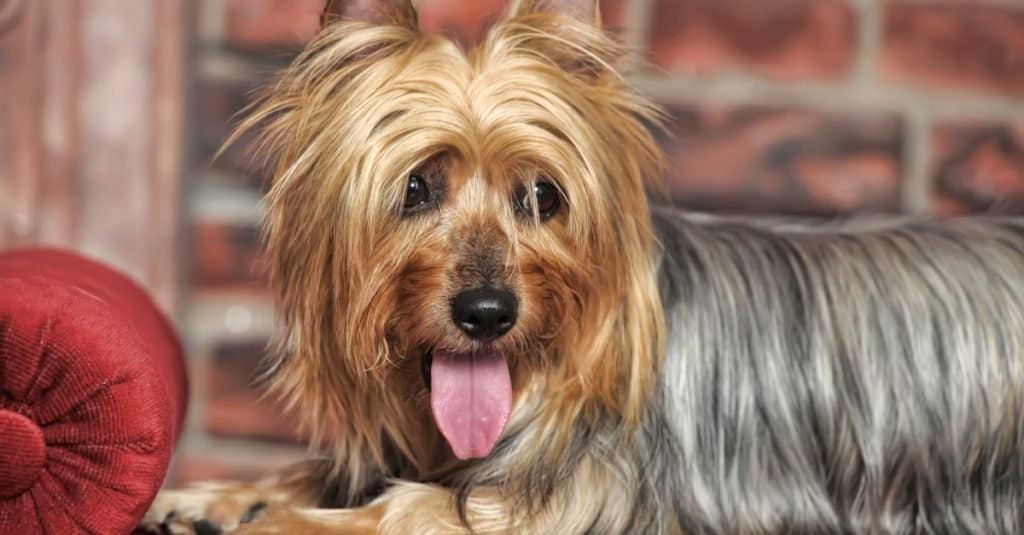
As similar as they are to Yorkies, Silky Terriers have rounder heads and bigger ears.
©Anna Krivitskaya/Shutterstock.com
Silky Terriers and Yorkies are often confused with each other — and for a good reason. They’re extremely similar. They have the same straight, silky hair and are similar in size. They’re both tan-colored. There are few “real” physical differences.
Silkies have slightly larger teeth, rounder heads, and larger ears.
Australian Terrier
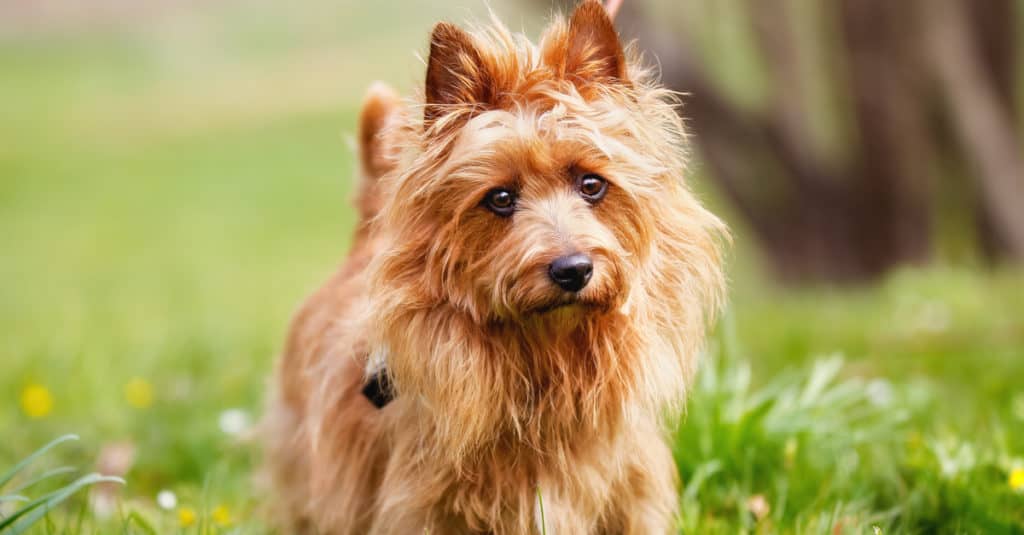
With a longer torso and neck, Australian Terriers are easier to distinguish from Yorkies.
©BIGANDT.COM/Shutterstock.com
Australian Terriers are also similar to Yorkies, but they have more differences. The Australian Terrier has a big personality and prefers to be in a one-dog household. They also have a longer torso and neck than a Yorkie. Their coat is coarse and not as long as other terriers.
Australian Terriers are more prone to barking than Yorkies.
Norwich Terrier
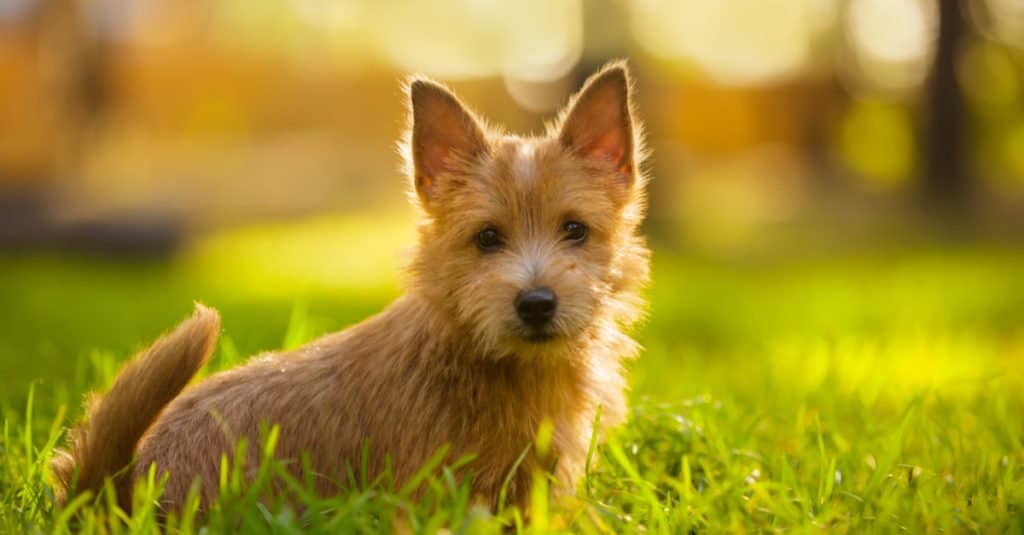
With a similar background to Yorkies, Norwich Terriers were also ratting dogs originally.
©Natalia Fedosova/Shutterstock.com
Norwich Terriers were bred as ratters, just like Yorkies. Therefore, they’re very similar. Norwich Terriers are tough and courageous. They have lots of energy and require a lot of exercise.
The photo featured at the top of this post is © Anna Vasiljeva/Shutterstock.com
Ready to discover the top 10 cutest dog breeds in the entire world?
How about the fastest dogs, the largest dogs and those that are -- quite frankly -- just the kindest dogs on the planet? Each day, AZ Animals sends out lists just like this to our thousands of email subscribers. And the best part? It's FREE. Join today by entering your email below.
Thank you for reading! Have some feedback for us? Contact the AZ Animals editorial team.



